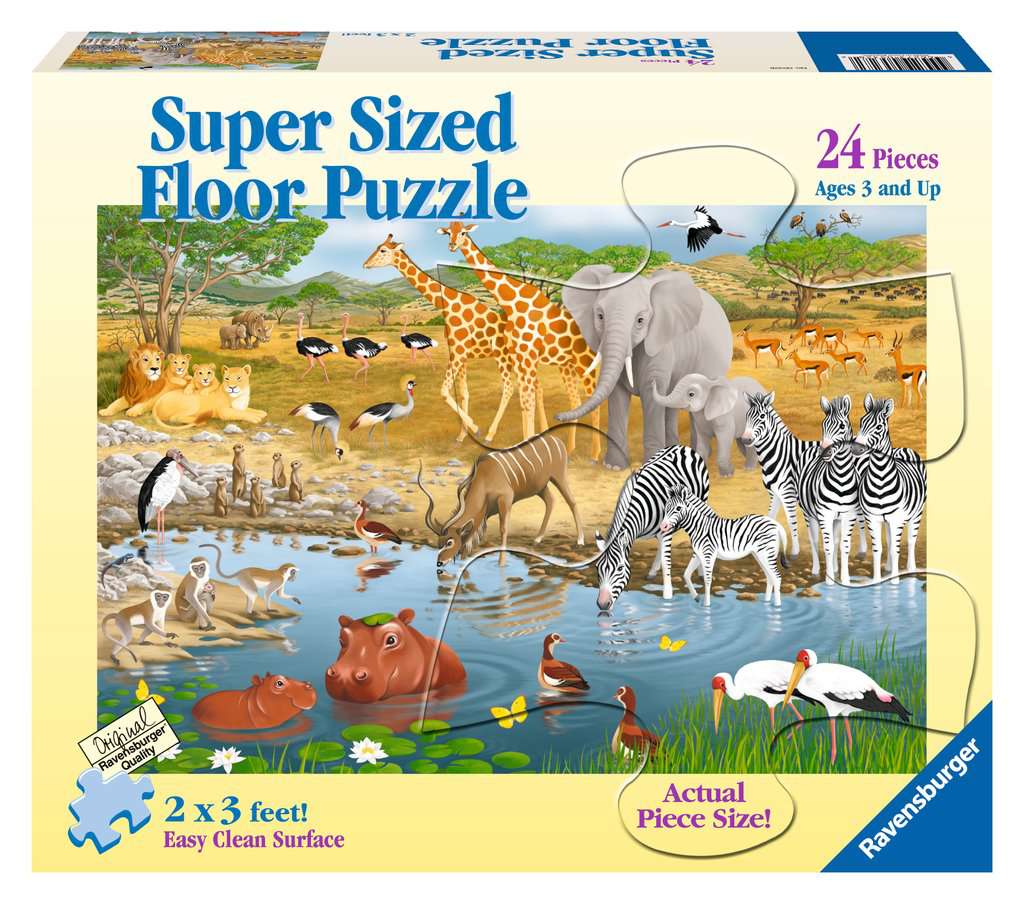Animals Of The World Detail
When an animal or an autistic person is seeing the real world instead of his idea of the world that means he's seeing detail. This is the single most important thing to know about the way animals perceive the world: animals see details people don't see. They are totally detail-oriented. That's the key.
It took me almost thirty years to figure this out. During all that time I kept a growing list of small details that could spook an animal without realizing that "seeing in details" was a core difference between animals and people. The first small detail I saw spook a cow was shadows on the ground. Cattle will balk at the sight of a shadow. Then the workers get out the electric prods, because they have no idea what's scaring the cattle, so they can't fix it. I first saw cattle get spooked by a shadow thirty years ago, and I've been seeing it ever since.
The next detail I noticed was that cattle were afraid to enter dark places. That got me on the track of thinking that differences in contrast were important for animal behavior, which is true, but it didn't tell me that detail per se was the issue.
I finally realized that animals perceive way more details than people do when McDonald's hired me in 1999 to help them implement the animal welfare audit I'd originally created three years earlier for the USDA. They had a list of fifty meatpacking plants they purchased beef from, and they had announced that all fifty plants had to pass my audit or get thrown off the list.
McDonald's was already auditing their suppliers for food safety, so they asked me to train their auditors to monitor' animal welfare, too. It was easy to train the auditors, but it wasn't easy for all the plants to get in compliance, even though they wanted to. Good intentions weren't enough. We had to help plants figure out what they were doing wrong.
One of the criteria the plants had to meet to pass my audit was that employees couldn't use the electric prod on more than 25 percent of the animals. Any plant that couldn't get its prod usage down to 25 percent had to analyze what the problem was and correct it. But sometimes no one at the plant could see why their animals were balking.
When an animal or an autistic person is seeing the real world instead of his idea of the world that means he's seeing detail. This is the single most important thing to know about the way animals perceive the world: animals see details people don't see. They are totally detail-oriented. That's the key.
It took me almost thirty years to figure this out. During all that time I kept a growing list of small details that could spook an animal without realizing that "seeing in details" was a core difference between animals and people. The first small detail I saw spook a cow was shadows on the ground. Cattle will balk at the sight of a shadow. Then the workers get out the electric prods, because they have no idea what's scaring the cattle, so they can't fix it. I first saw cattle get spooked by a shadow thirty years ago, and I've been seeing it ever since.
The next detail I noticed was that cattle were afraid to enter dark places. That got me on the track of thinking that differences in contrast were important for animal behavior, which is true, but it didn't tell me that detail per se was the issue.
I finally realized that animals perceive way more details than people do when McDonald's hired me in 1999 to help them implement the animal welfare audit I'd originally created three years earlier for the USDA. They had a list of fifty meatpacking plants they purchased beef from, and they had announced that all fifty plants had to pass my audit or get thrown off the list.
McDonald's was already auditing their suppliers for food safety, so they asked me to train their auditors to monitor' animal welfare, too. It was easy to train the auditors, but it wasn't easy for all the plants to get in compliance, even though they wanted to. Good intentions weren't enough. We had to help plants figure out what they were doing wrong.
One of the criteria the plants had to meet to pass my audit was that employees couldn't use the electric prod on more than 25 percent of the animals. Any plant that couldn't get its prod usage down to 25 percent had to analyze what the problem was and correct it. But sometimes no one at the plant could see why their animals were balking.
Animals Of The World
Animals Of The World
Animals Of The World
Animals Of The World
Animals Of The World
Animals Of The World
Animals Of The World
Animals Of The World
Animals Of The World
Animals Of The World
Animals Of The World
Animals Of The World












No comments:
Post a Comment